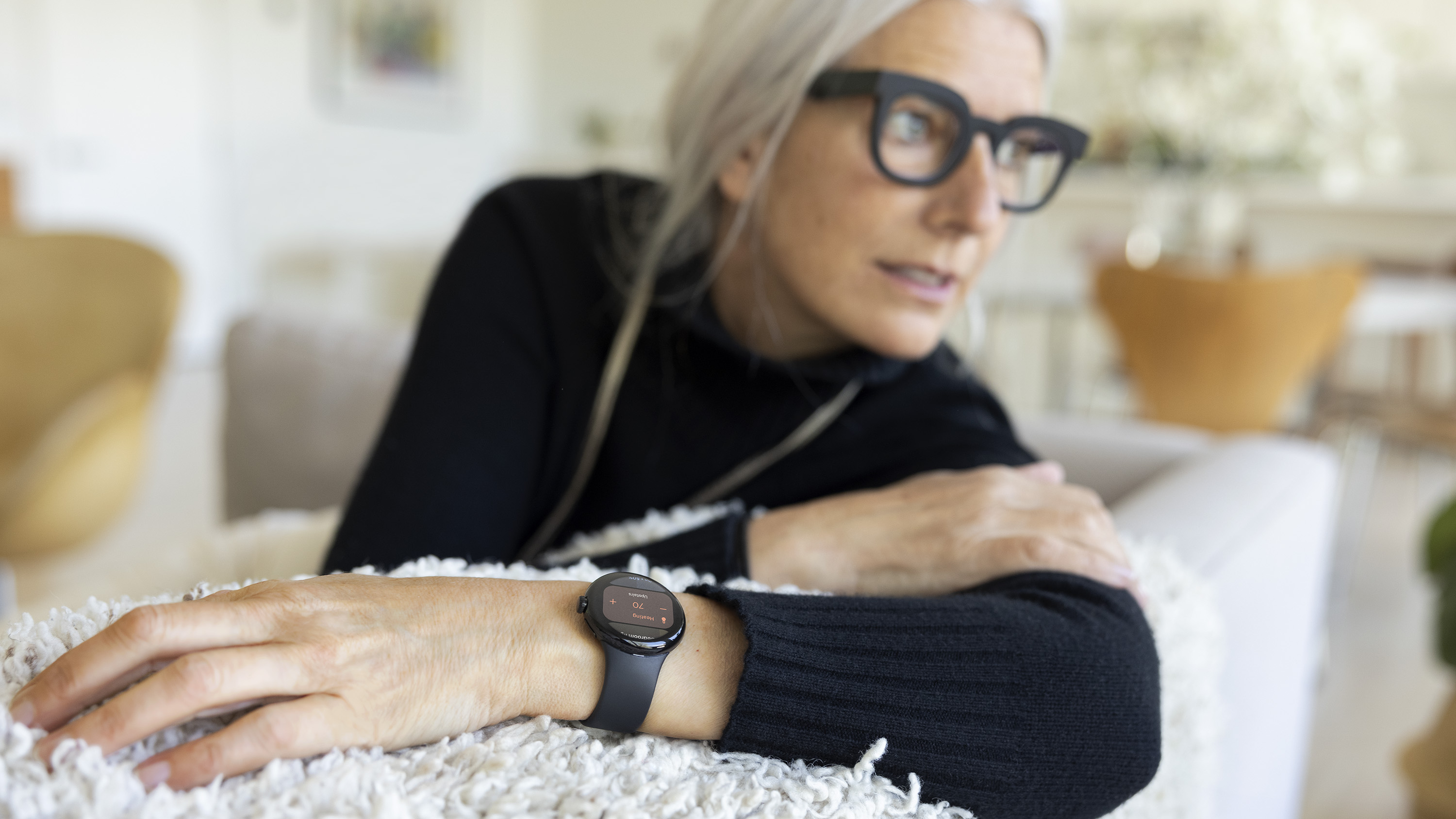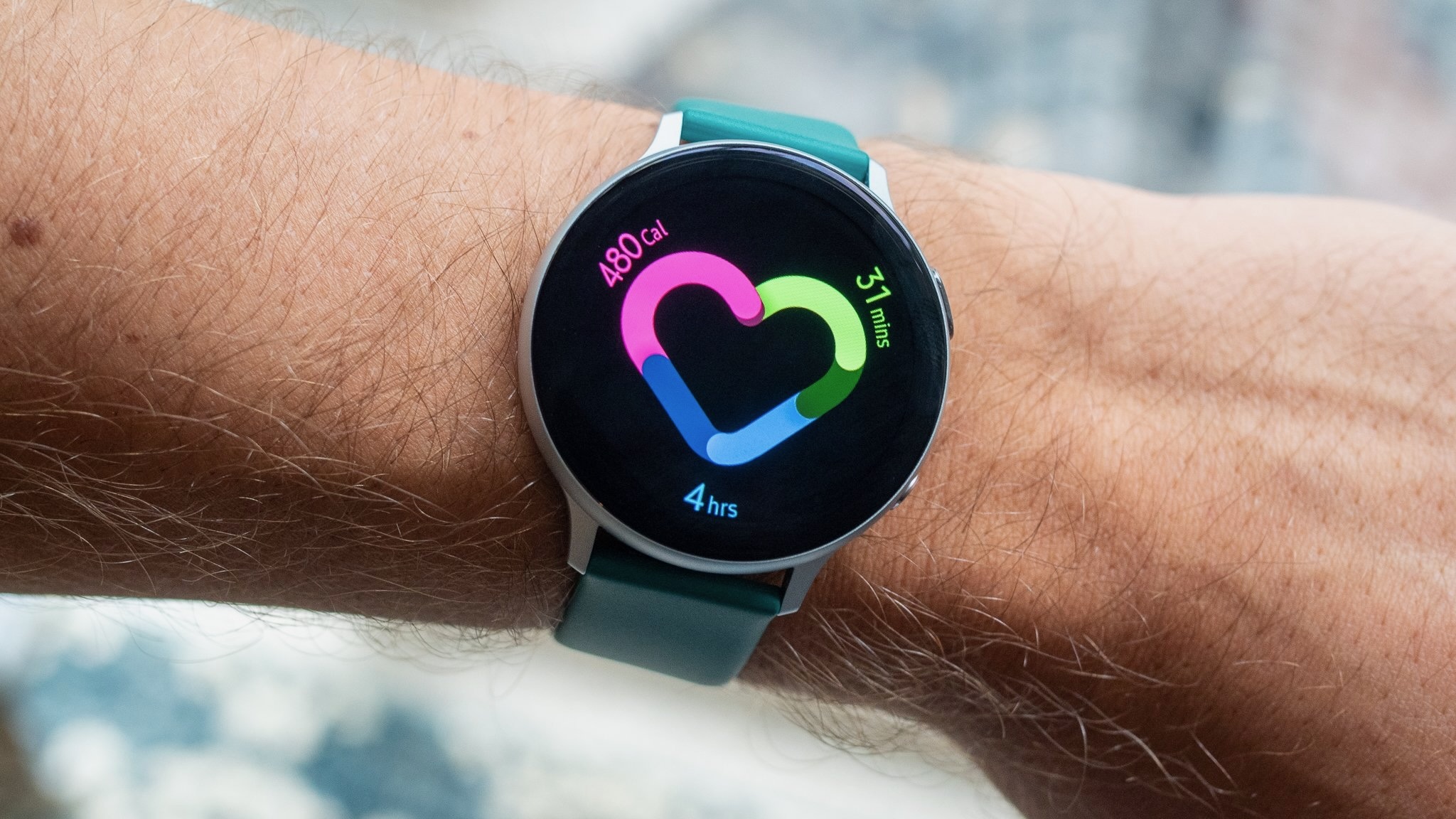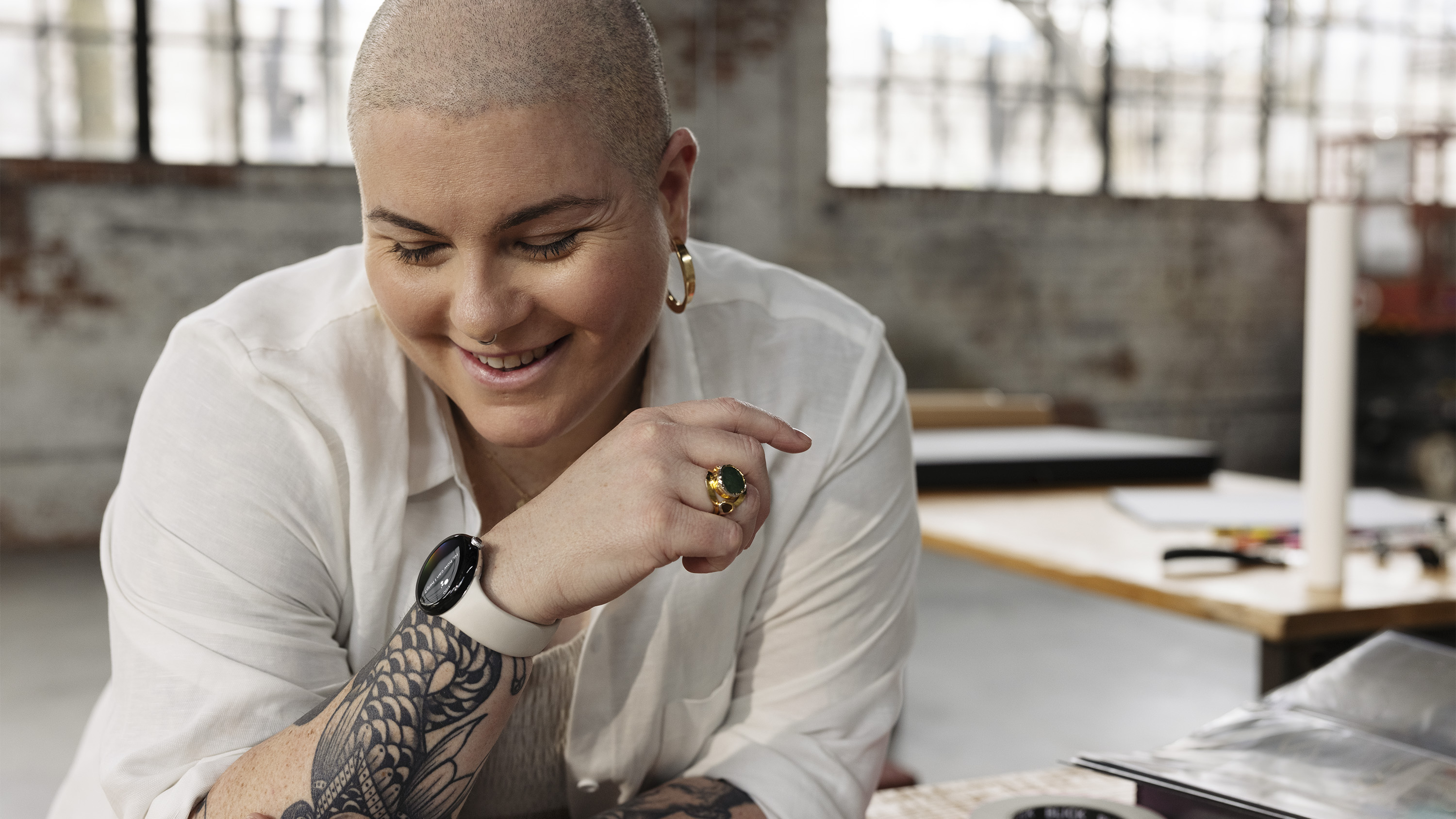We waited years for a Pixel Watch, not another last-gen Galaxy Watch
It was love at first sight with the Pixel Watch design, but a 2018 chip would sink our excitement into icy waters faster than the Titanic.

There's a reason why tech brands don't usually take more than 1-2 years on a product, besides that the long wait would spook shareholders. You can't just design a cool watch and then slot the newest chip in at the end; the entire design revolves around the silicon. If you take too long, you'll be stuck with last-gen hardware, and must either underwhelm your customers or scrap the design outright and start from scratch.
Is the Pixel Watch the Duke Nukem Forever of the tech world?
The Pixel Watch is the exception. Google's SVP of Devices and Services Rick Osterloh decided to cancel it back in 2016 because he feared its lackluster performance would "bring down the name of the Google hardware brand." He evidently gave it a second chance, though, and ironically was the one to unveil it on stage at Google I/O 2022 last week.
But like the notorious Duke Nukem Forever — a video game 15 years in the making that was designed on several outdated game engines — the Pixel Watch looks like it could be an artifact of a different time. And it's fair to ask whether or not Google should have done what it does best...and killed it again.

A source told 9to5Google that the Pixel Watch uses the Exynos 9110 SoC, the same chip found in the original Galaxy Watch, the Galaxy Watch Active 2, and Galaxy Watch 3. Samsung originally announced the chip in 2018, so it'll be over four years old when the Pixel Watch ships this fall.
The Pixel Watch "definitely looks and feels like a very Samsung-based device both in hardware and software," said Anshel Sag, a senior analyst at Moor Insights & Strategy, about this revelation.
The 10nm 9110 uses two ARM Cortex A53 cores clocked at 1.15 GHz, whereas the 5nm Exynos W920 with Cortex A55 cores used in the Galaxy Watch 4 has 20% better CPU performance and 10X better graphical performance, according to Samsung.

This is where I stress that benchmarks don't matter for watches as much as they do for phones. Samsung successfully used the same 2018 chip for three straight years because sensors, features, design, and battery efficiency have more importance for smartwatches than speed.
Be an expert in 5 minutes
Get the latest news from Android Central, your trusted companion in the world of Android
Even if we should care more, the companies making Android smartwatches' silicon don't. They're so slow to evolve watch hardware that older watches like the Active 2 have barely lost a step; we still recommend it over most fitness smartwatches despite its age.
Case in point, the Exynos W920 only clocks at 1.18GHz, a tiny bump over the last version. It's likely Samsung's promised performance bump stems from the extra 0.5GB of RAM between the GW3 and GW4, not just the slight Cortex bump. And we don't know yet how much RAM the Pixel Watch will have.
Still, you might ask, why wouldn't Google use the W920 for that extra boost? Because of timing. Even if Google had abandoned the original Pixel Watch design by 2019, it evidently conceived of the current model between that point and April 2021, when Jon Prosser leaked renders that matched the final design.
An old chip doesn't necessarily doom the Pixel Watch, and Google could certainly do worse than ape Samsung's successes.
When Google began designing the Pixel Watch, the Galaxy Watch series outclassed every watch not made by Apple, and Tizen made Wear OS look inferior for years until Google gave up and joined forces with Samsung for Wear OS 3. It makes sense Google would adopt the best Exynos hardware available at the time. But it took so long to make the Pixel Watch that its design predated the W920 announced in mid-2021. It had gone too far to switch by this point.
Or, as Sag told me, it's possible Google wanted to switch but couldn't thanks to the neverending chip shortage. "Samsung probably hasn't produced enough of its latest wearable chip to also supply Google," he suggested. Either that, or the W920's cost "doesn't fit Google's profile for the watch."
Google Tensor delivered excellent performance despite using less powerful cores than the latest Snapdragon SoCs. We can hope Google pulls off similar magic here. And Pixel owners will certainly enjoy the interplay between their phone and watch, even if the performance isn't cutting-edge.
Overall, this doesn't necessarily doom the Pixel Watch's chances of being a top-class Android smartwatch, and Google could certainly do worse than ape Samsung's successes.

And now, I've played devil's advocate enough for Google, and can let loose a bit. Are you kidding me? If we want any greater evidence Google hardware is just a vanity project, as AC's Jerry Hildenbrand argued yesterday, it's Google lackadaisically launching a watch that the Galaxy Watch 5 will instantly surpass.
"I think [using old hardware] caps the watch's capabilities, especially when you consider that Samsung is already shipping a superior chipset in its own watches and using the same operating system," Sag argued.
"As someone with a Galaxy Watch 4 Classic, I'm not sure the Pixel Watch seems as exciting if it's running the same chipset as my old Galaxy Watches."
Google is freely playing second-fiddle to Samsung with the Pixel Watch, the same way it does with its phones.
Die-hard Pixel fans will enjoy whatever Material You tricks it uses, along with the seamless access to Google apps. But Pixels tend to target hardcore Android techies who pay close attention to spec sheets, and this isn't going to escape their notice.
Again, I don't think old hardware should cripple its sales completely. But it doesn't change the fact that Google is freely playing second-fiddle to Samsung with the Pixel Watch, the same way it does with its phones.
I'm also retroactively side-eyeing Google's claim that only newer Snapdragon Wear chips could run Wear OS 3. After Google I/O 2021, Qualcomm said Wear OS 3 could run on older hardware like the Wear 3100, and Google quickly shut this down. The Wear 3100 came out in (drumroll please) 2018.
Samsung will stop supporting its last Exynos 9110 watch, the Galaxy Watch 3, in late 2023. If Google also supports its Exynos 9110 watch for three years through late 2025, that'd be seven years after the chip first launched. Oof.
I can only hope Google finds a way to reassure us that this archaic tech won't hold the Pixel Watch back. As a Fitbit upgrade, it'll certainly offer better app support, speeds, and UI quality than your typical Fitbit or Garmin. But as an Android smartwatch, it has a lot to prove.

Michael is Android Central's resident expert on wearables and fitness. Before joining Android Central, he freelanced for years at Techradar, Wareable, Windows Central, and Digital Trends. Channeling his love of running, he established himself as an expert on fitness watches, testing and reviewing models from Garmin, Fitbit, Samsung, Apple, COROS, Polar, Amazfit, Suunto, and more.
